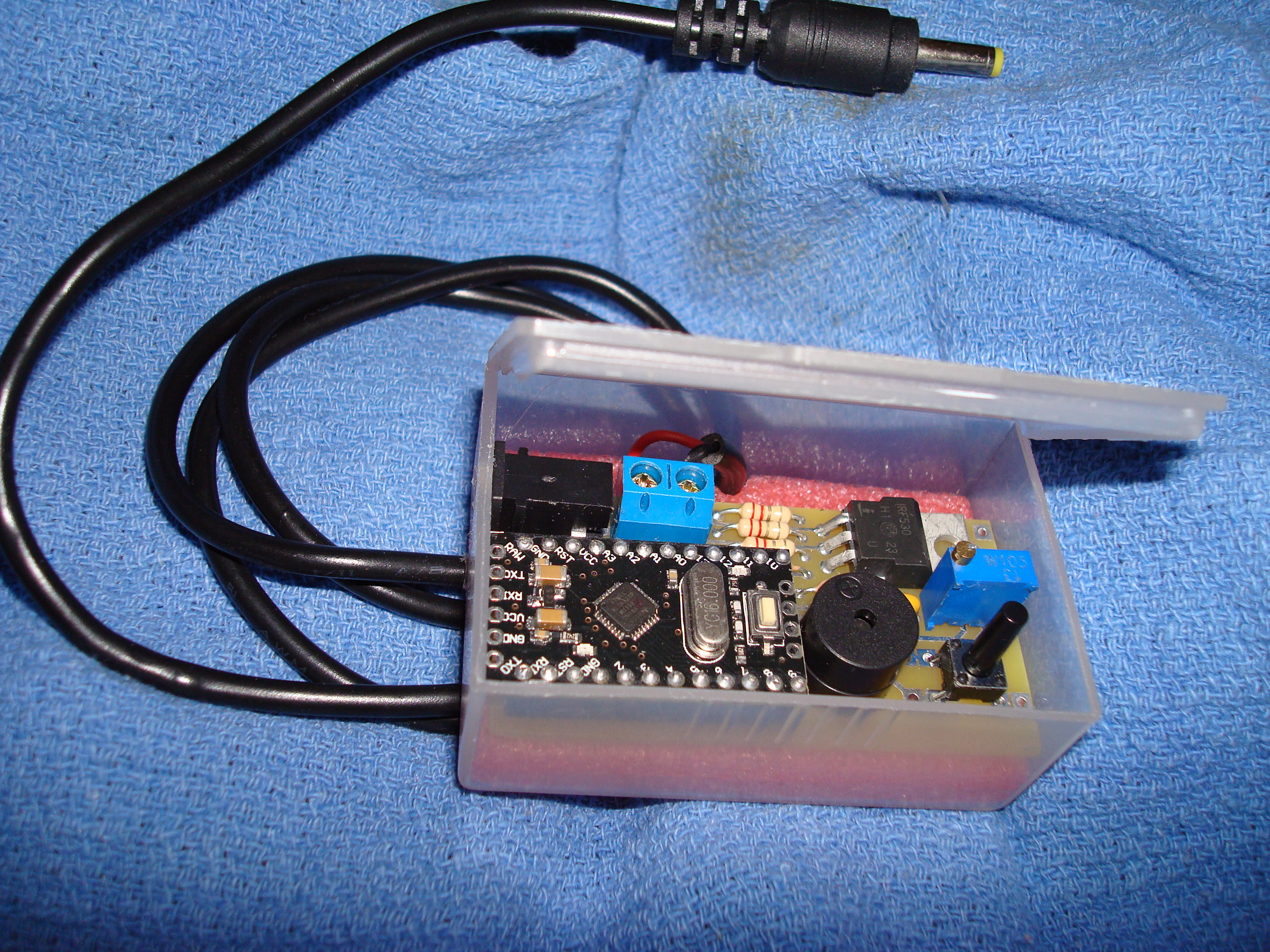DocH
Member
Totally unnecessary.
"
Priming a New Battery
Not all rechargeable batteries deliver the rated capacity when new, and they require formatting. While this applies to most battery systems, manufacturers of lithium-ion batteries disagree. They say that Li-ion is ready at birth and does not need priming. Although this may be true, users have reported some capacity gains by cycling after a long storage.
"
"Lithium-ion is a very clean system that does not need additional priming once it leaves the factory, nor does it require the level of maintenance that nickel-based batteries do. Additional formatting makes little difference because the maximum capacity is available right from the beginning, (the exception may be a small capacity gain after a long storage). A full discharge does not improve the capacity once the battery has faded — a low capacity signals the end of life. A discharge/charge may calibrate a “smart” battery but this does little to improve the chemical battery. (See BU-601: Inner Working of a Smart Battery.) Instructions recommending charging a new Li-ion for 8 hours are written off as “old school,” a left-over from the old nickel battery days."
http://batteryuniversity.com/learn/article/how_to_prime_batteries
Plus the matter on "overcharging" the Solo II, ie leaving the charger on beyond 100%...battery tech today is the same largely in phones, the solo II, etc. as the Solo II uses a Lithium Ion battery just like most(all?) modern phones on the market today:
https://www.yahoo.com/style/turns-apos-ve-charging-phones-061904594.html
"Battery University say anyway. And they ought to know, right?
They say that leaving your phone plugged in when it's fully charged – for example when you charge it overnight – is in fact bad for the battery in the long-run.
Once your phone reaches 100%, it receives "trickle charges" to maintain the battery, but these keep it in a high-stress state that wears down the battery over time. So the second it gets to 100%, you really should unplug it,"
Furthermore:
"Battery University adds that you shouldn't actually charge it fully every time either.
"Li-ion does not need to be fully charged as is the case with lead acid, nor is it desirable to do so. In fact, it is better not to fully charge because a high voltage stresses the battery.""
Last edited:





